This unit provides a thorough introduction to the basics of imaging spectroscopy and was designed for all users, no matter the professional background. In-depth details on the principles of imaging spectroscopy and the principles of sensor technology and data acquisition techniques, as well as information on process understanding and applications from numerous fields are provided.
This document contains the entire interactive MOOC “Beyond the Visible – Introduction to Hyperspectral Remote Sensing”, originally published in November 2021 and revised in November 2022. However, users who want to complete the course with a certificate need to participate at least in the topic quizzes as well as the final quiz of the online version of the course.
How to cite this course: A. Brosinsky, C. Wilczok, S. Foerster (2022). Beyond the Visible – Introduction to Hyperspectral Remote Sensing. HYPERedu, EnMAP education initiative, German Centre for Geosciences GFZ; originally published November 2021, 2nd revision November 2022.


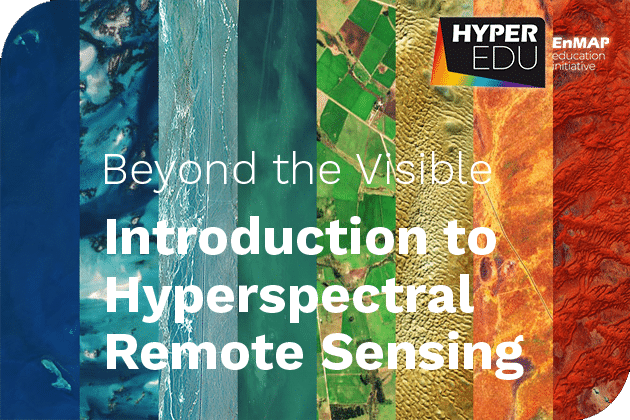
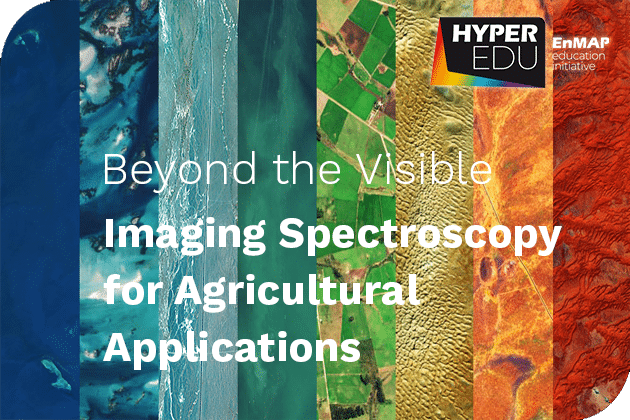
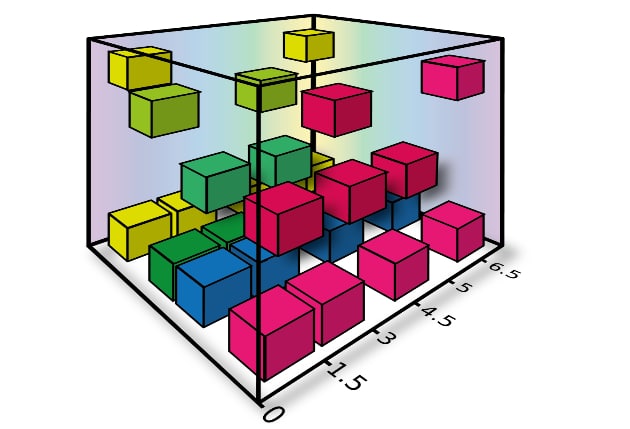
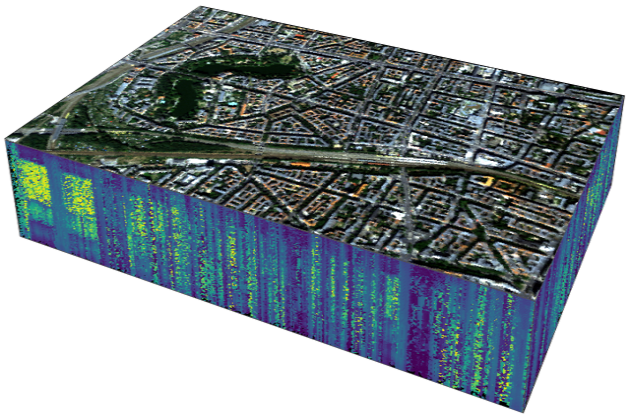
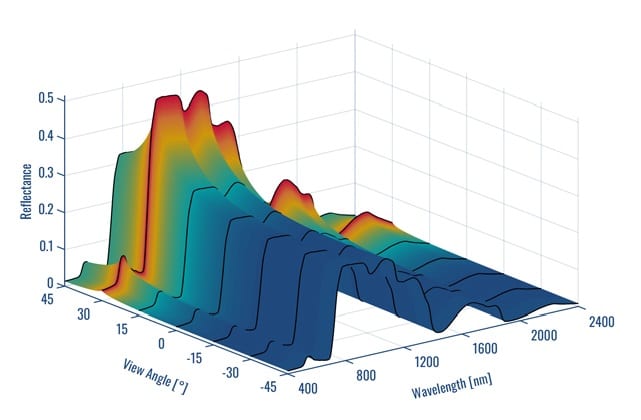
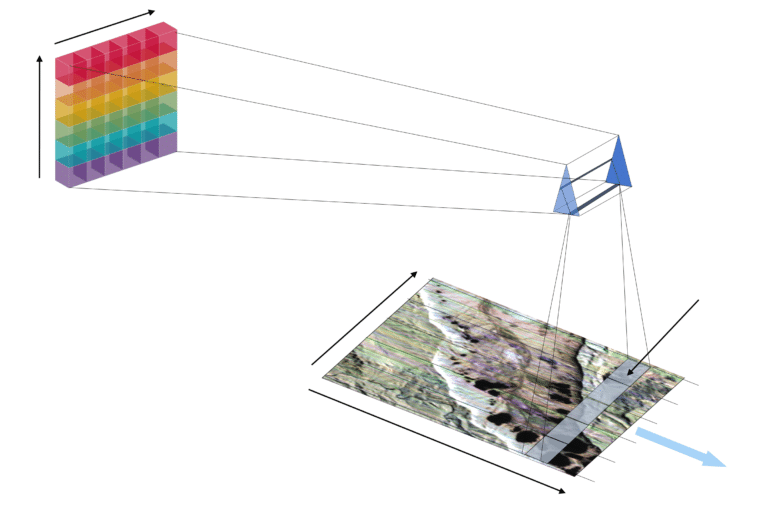
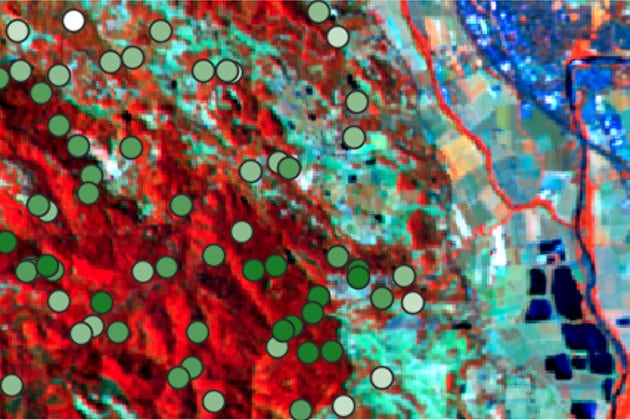
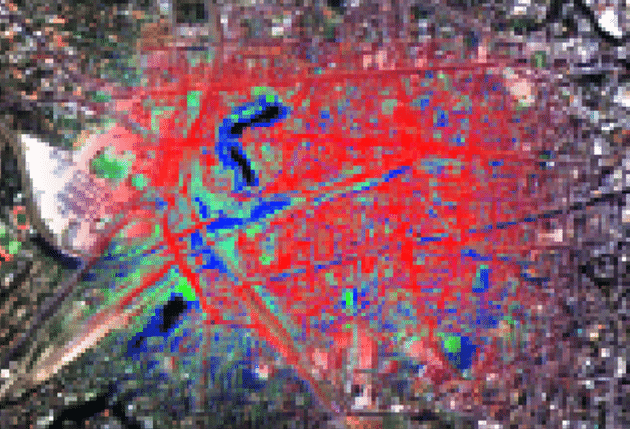
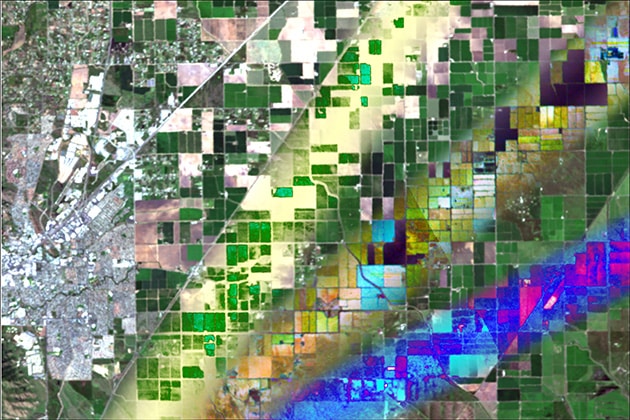

Responses